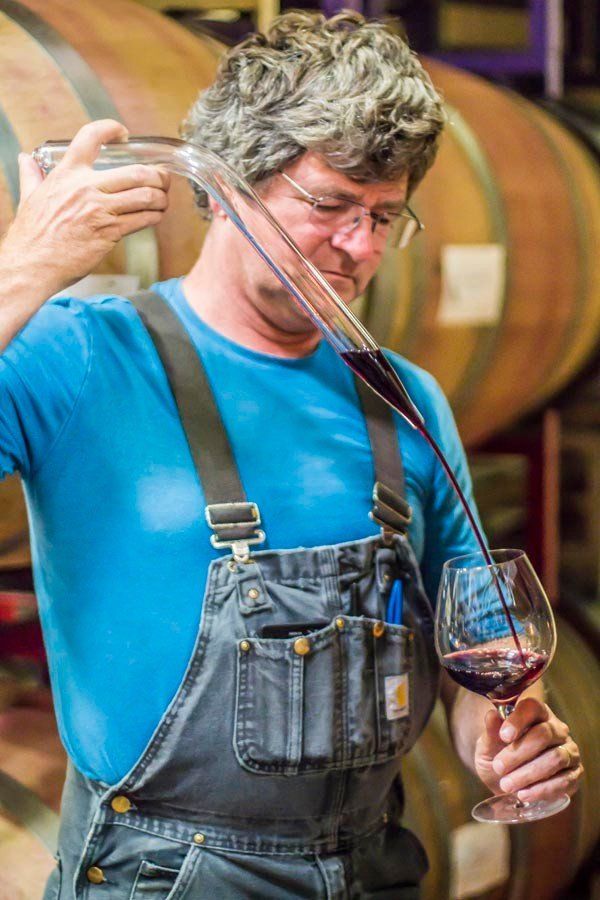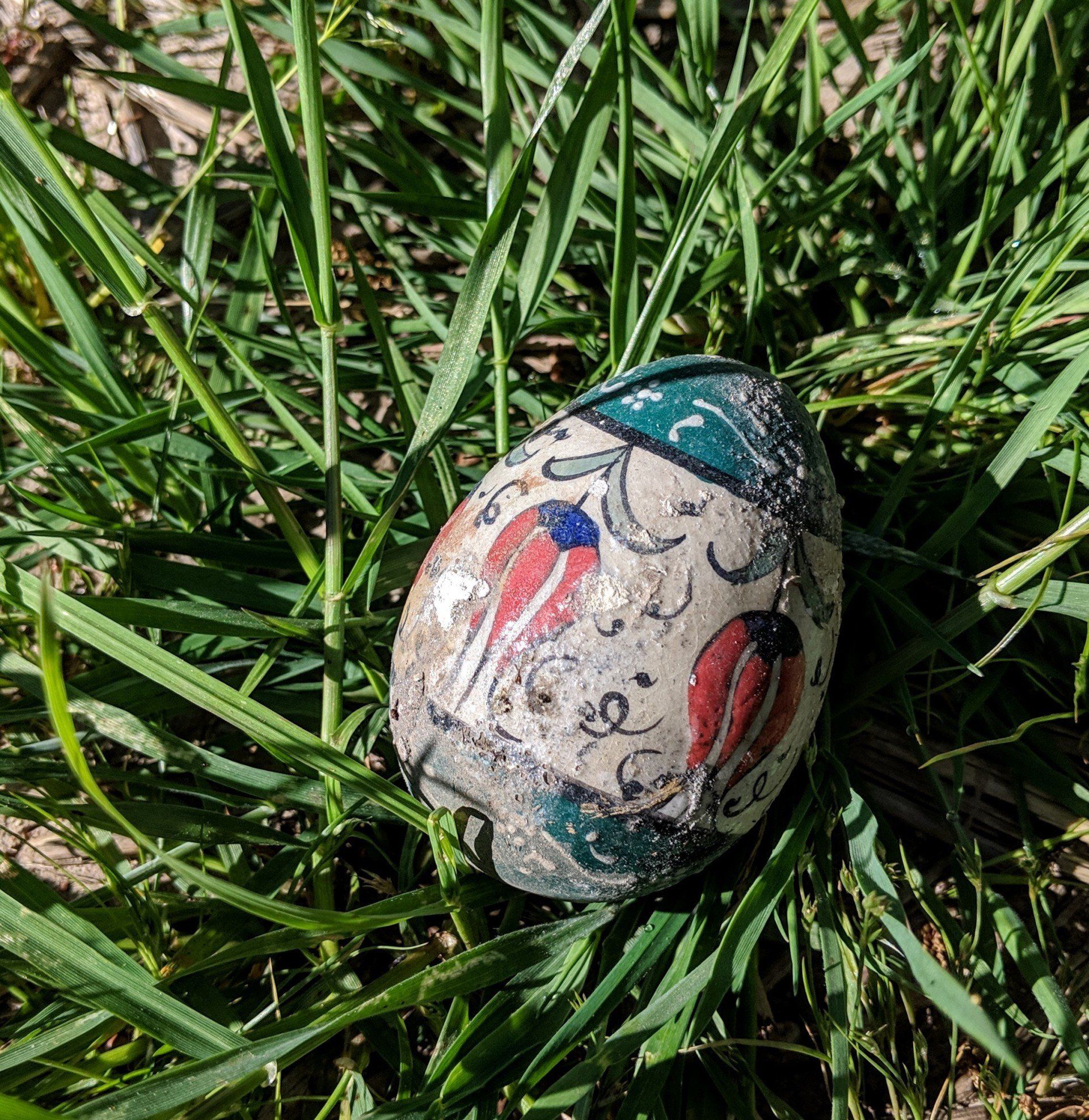Local Arts Spotlight: San Francisco Ballet School
- By mjms47
- •
- 12 Apr, 2013
- •
By Jordan Wardlaw This week I’m going to turn the spotlight on two young men who are aspiring ballet dancers. You’re checking your URL, wondering if you got redirected to some other strange blog. But think again. In the world of small family business with all sorts of ties to the local economy and arts […]
Austin Moholt-Siebert
By Jordan Wardlaw
This week I’m going to turn the spotlight on two young men who are aspiring ballet dancers. You’re checking your URL, wondering if you got redirected to some other strange blog. But think again.
In the world of small family business with all sorts of ties to the local economy and arts scene, these intertwining relationships with generations of other local family artists and merchants can lead to wild and colorful places.
You may have read elsewhere on our site about the partnership between the Brown and the Moholt-Siebert families. My introduction to Melissa
and Ken’s
family is another small chapter of its own having to do with three different families. But I’d like to focus on our respective families’ devotion to and support of the local arts.
“We both have a history of strong involvement in the communities where we live and work,” says Melissa of the two families. “And we’re both big thinkers who think about what’s best for our communities, not just ourselves.” While Ancient Oak reached out to a long-celebrated extension of the Brown family in 2012, becoming a proud sponsor of the Santa Rosa Symphony
, I’m writing today about something quite different. I’ll be introducing you to a young member of the Moholt-Siebert clan who has set out on an exciting, unique journey as a local artist.
Austin Moholt-Siebert, 17, is already an accomplished young man. His pursuits as a ballet dancer have already led him to two of the most prestigious ballet schools in the United States. I sat down recently with Austin and his friend and San Francisco Ballet School
classmate Peter Deffebach to learn more about the art form, their current studies and the challenges and rewards that lie ahead. I’ve enjoyed getting to know Austin over the last few months, and this was my first time meeting Peter. I must comment that I found it quite easy to forget that Austin and Peter are 17 and 19 years old respectively, especially once the conversation turns to their passion. They carry themselves with an unusual amount of poise and grace, and speak not only with ease and command of words but with a genuine respect for the demands of their art form.
Jordan
: When did you each begin dancing seriously, and how & when did you meet?
Austin:
My first dance teacher was in my elementary school, kindergarten actually. I was very inspired by that experience. I had also seen ballet, and I told my mom I wanted to dance. I started taking lessons at Center for Movement Arts in Portland when I was six, with Tim Ryan, who was my primary teacher for many years. I first met Peter at Lincoln High School in Portland, Oregon. I attended Lincoln but I rode the bus across town during the school day to Jefferson High School for its reputable, long-standing dance program .
Peter:
I attended Lincoln where there wasn’t a dance program. I studied at a studio in Hillsdale from the age of 9, so I continued to get private dance experience. Eventually once I was in high school I met Austin and made the connection. I figured out right away that Austin was a dancer.
Jordan
:
How did you end up at SF Ballet school together?
Peter:
I finished high school and wanted to take a year of dancing before college or perhaps not attend college at all. I had several friends who were moving to train here, so it seemed like a logical place for me to train as well.
Austin:
There’s another very prominent ballet school that I attended, and my first summer session was Peter’s second summer session. We were classmates there first. Houston Ballet Academy was a great place for me to begin serious training. The teaching there introduced great athleticism into my dancing and I was grateful to the teachers I had there. But I’m also very happy here at SF because there is a great technical focus in the program, and there is always an invitation to intellectualize dancing.
Peter:
The Houston and San Francisco ballet schools are thought of as the two best men’s ballet programs in the country. Of course there are other elite companies in the US, but their schools aren’t as reputable.
Jordan
:
Could you talk in more detail about the kind of training you’re undertaking?
Peter:
It’s actually not as intense as some people would think in terms of time, about four solid hours of dancing and then maybe a Pilates class. I think it’s important that our four main teachers all had wonderful careers in ballet and are still great dancers. They each have a different focus, for example one of them focuses on basic technical principles.
Austin:
There are a series of exercises and each series is centered around a type of movement. Every movement in ballet essentially can be reduced to plies, tendus and rond de jambe. The class is designed so that each movement builds upon the previous one until you’ve developed a wide range of movements that are all based on simple core exercises.
Peter:
Teachers like to focus on mastering a core movement in a certain way and use it as a reference in later exercises. We’ll be asked to remember back to a simple teaching as a more complex move is being introduced, and to focus on the quality of that movement and transfer it to the new material. It’s actually a very analytical and methodical way of building technique toward the eventual grand allegro, the more technically flashy and demanding movements.
Jordan
:
Is there a particular style of dancing that is emphasized aside from the fundamental teaching?
P:
Helgi Tomasson is the Artistic Director of the San Francisco Ballet and danced with George Balanchine. His work is very much associated with Balanchine’s technique, so it’s fair to say that the school is based on an Americanized style of ballet.
Jordan
:
We’ll come back to Balanchine in a minute because it has to do with my next question regarding the height of male ballet dancers. How tall are you each?
Peter:
I’m 6 feet, Austin is 6’3”.
Austin:
My height makes a lot of movements more difficult, but being tall will also help me get roles which will hopefully lead to getting contracts.
Jordan
:
I read that Mikhail Baryshnikov was rather short.
Peter:
Yes, about 5’6”. Very short for a male lead dancer.
Jordan
:
And of course Baryshnikov is a household name. But who are some of your other inspirations, the dancers or choreographer who I’m probably not familiar with?
Peter:
I like to watch YouTube videos constantly, so I gained a lot of exposure from that medium. For example there are people like David Hallberg who is not just an absolutely pristine, technically perfect dancer, but he is constantly involved in the arts and thinking about what is it saying. He’s the consummate artist. I also watch a lot of videos of Leon Sarafonov who is technically unbelievable; can do things that Rudolph Nureyev couldn’t do. And by that I mean that Nureyev did things that were visually amazing, but not as cleanly as a modern dancer.
Austin:
This is a very interesting distinction that all dancers should think about. The driving force behind Nureyev’s fame was that he was an incredible
performer. Whenever you hear people talk about him, they were just in awe of his performance quality.
Jordan
:
I was just reflecting on that idea this past month after Van Cliburn died. As great as he was, his charm and charisma made him unique among concert pianists. He reached a broader audience.
Let’s change topics just slightly. I’ve been curious about the regimen that a male ballet dancer undergoes. How do you train physically?
Peter:
There’s a lot you should
be doing. I have to do nightly exercises for my knee, not because of injury but because I know I need to have health in that area. Most of us take Pilates once a week or more.
Austin:
I work out because I’m tall and I absolutely have to be a strong partner.
Peter:
I do strength training regularly, but most dancers in school don’t stress that area unless they are dealing with an injury.
Jordan
:
Tell me about what kind of performance opportunities are available for you and your classmates.
Peter:
We were horses and mice in the San Francisco Ballet Nutrcracker . . . (laughter all around)
Jordan
:
Paying dues!
Peter:
We do have a show that we’ll be performing during the last week of May, but as of yet we don’t know what will be on it. But it will at Yerba Buena Center in San Francisco.
Jordan
:
When will you graduate from this program?
Austin:
There is no graduation, and no accreditation as far as dance schools are concerned. We’re there to get the training we need to take professional auditions. Any job you earn is completely merit-based, so the idea is to study in school and train formally until you can get a contract.
Peter:
You train and prepare on a personal level, to a certain extent. I may never be as good technically as another dancer, but if I’m refined enough to fulfill my own potential I’ll be able to do something with it.
Jordan
:
I always ask any serious, dedicated artist- when did you know that you wanted to make this your life?
Peter:
I still don’t know. I don’t have any memory of when I transitioned from having to take lessons to actually enjoying it. I love ballet, I appreciate it on a high level. I’m not sure yet whether I could see myself being an artist the rest of my life.
Austin:
I have always, in my memory, believed that I was a dancer. But I didn’t understand what that meant until very recently. Learning what it meant didn’t make me reconsider, and nothing would have changed my mind. But it is certainly a different kind of devotion, and I’m starting to understand the kind of work I have to do. It’s different from when I was a child and it was a simple fun passion.
Jordan
:
I love your honesty, it’s clear the level of respect you have for those who choose to make that leap. I know from experience what a difficult path you’re choosing.
So what is the ultimate goal for the young, aspiring male dancer? Let’s say there were no limits to what you could accomplish.
Austin:
Well, if there were no
limits we’d all be principal in the San Francisco Ballet! But really . . . I think that I’m going to make a large part of my career out of partnering. I love technical ballet dancing, but I don’t think I would be one of the best technicians. I have good lines and I’m solid. But I’m a very ambitious artist and a lot of the more artistically-driven roles in the repertoire are partnering-based. For example, John Cranko’s Onegin is a great
ballet- but the principle role doesn’t dance all that much.
Jordan
:
And do either one of you envision yourself teaching at some point down the road?
Austin:
I was a teaching assistant at my school in Houston, and I enjoyed it and I learned a lot from what teaching experience I had. However I wonder if I would have the patience to do it at a serious level.
Peter:
You can’t lose sight of the fact that to be a dance teacher at this kind of level you have to first be a very accomplished dancer.
Jordan
:
Peter, can you talk about the decision regarding college vs. a dance career?
Peter:
I’m currently deferring from Princeton University. I have an early memory of when I told my dance teacher that I loved dancing but that I wasn’t sure I could make a career out of it. It’s a funny question to be asking when you’re nine years old, but it’s a question that I never really stopped asking. The other question is “what am I doing as a dancer?” By that I mean that I’ve always has a sense of service, and on some level I wonder what dancing does for the world in general. It might sound pretentious, but I’m not sure if me dancing helps to solve some sort of problem . . .
Jordan
:
I don’t think that sounds pretentious at all. Quite the contrary.
Peter:
My goal in coming to San Francisco was to spend at a least year studying seriously and thinking critically about the art form and get a more sure sense whether it’s something I want to do with my life. I have to decide whether my contribution to the art form is enough to have an impact on the way people view it.
Jordan
:
What do you think about this Austin?
Austin:
Actually, Peter is one of my favorite dancers to watch because he’s such an interesting intellectual dancer. Watching him work on his technique gives me a lot of great insight into my own dancing.
Jordan
:
I’ll say to you both that when I was in music, that would’ve been greatest compliment I could ever receive from one of my fellow players. To hear one of your peers say that you’re one of their favorite people to listen to, or that you have the most beautiful sound, would be such an honor.
Thank you both for your time, and I look forward to seeing what you’re doing in the world of ballet. Best of luck to you!

Ancient Oak Cellars, and Jon McDaniel with Second City Soil, gathered 60+ of the top sommeliers from around the country to taste four wines that Ancient Oak had sent to each -- and to enter into a discussion of the wines, farming and winemaking philosophies, and a wide-range of other related topics. We had a blast!
Re-live your experience, or take it in for the first time. Then be in touch to continue the discussions. Cheers!











